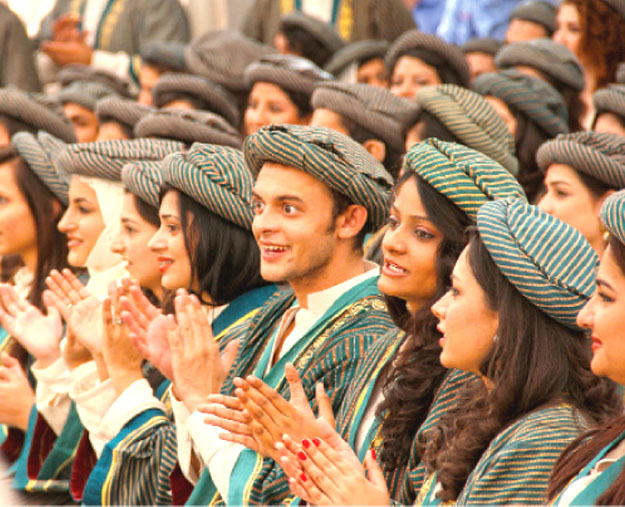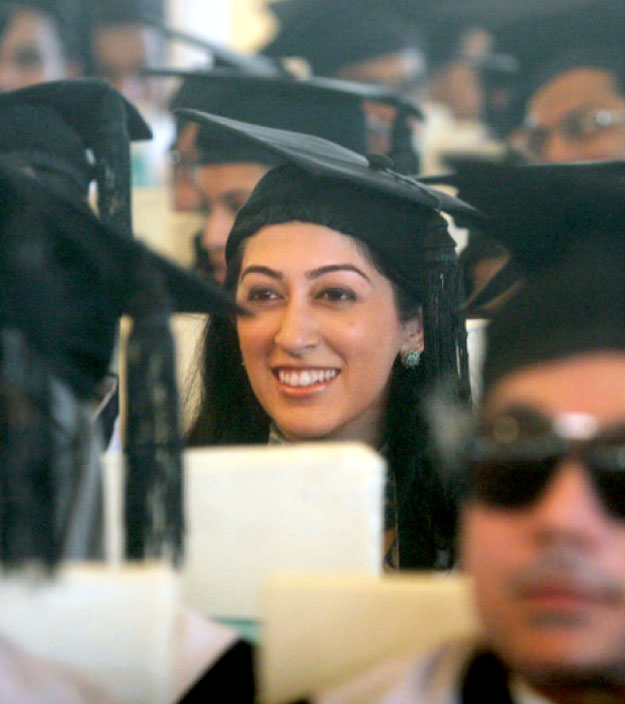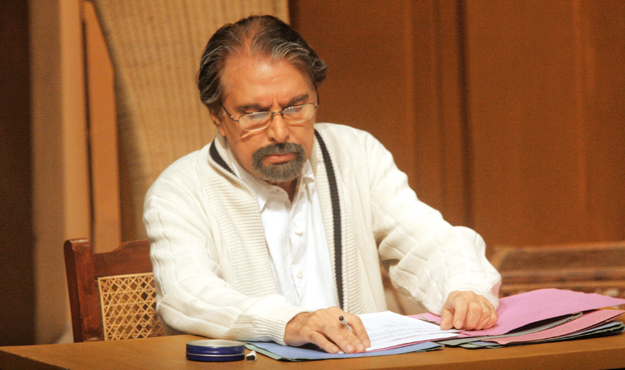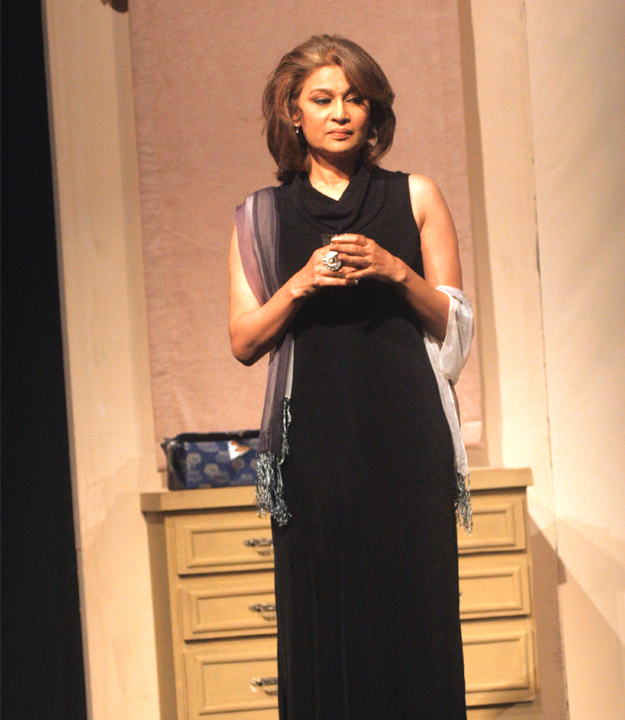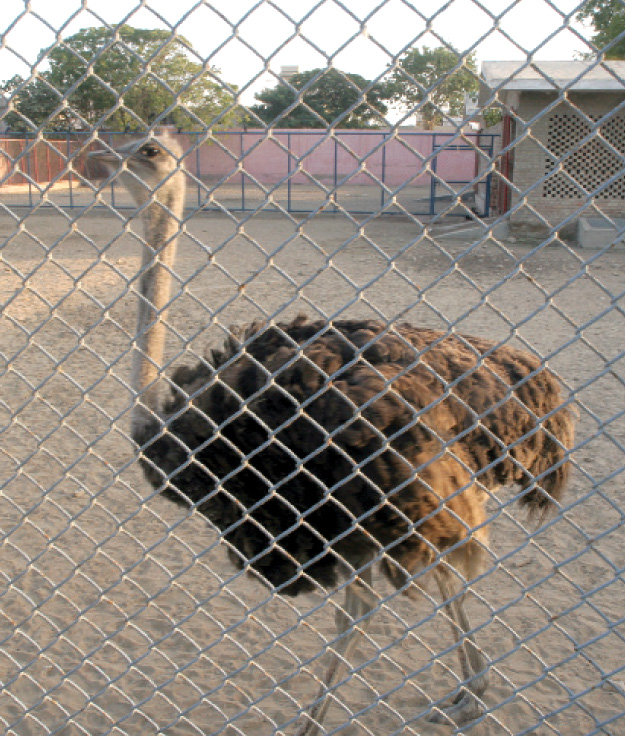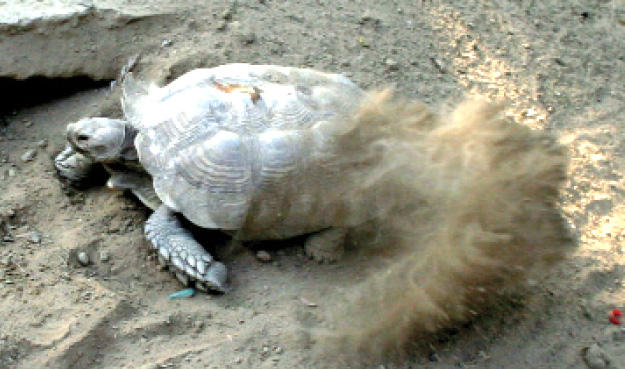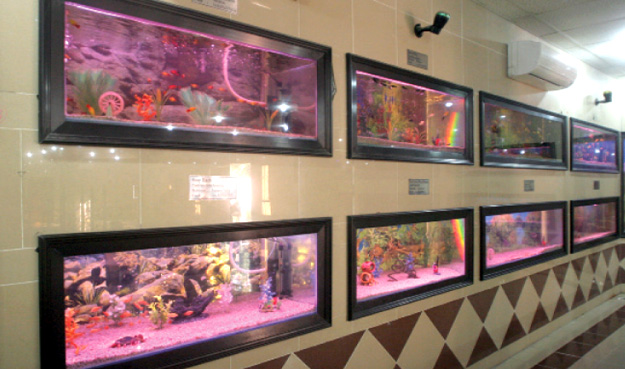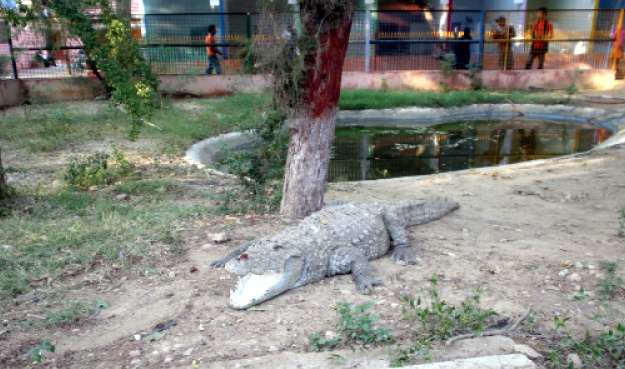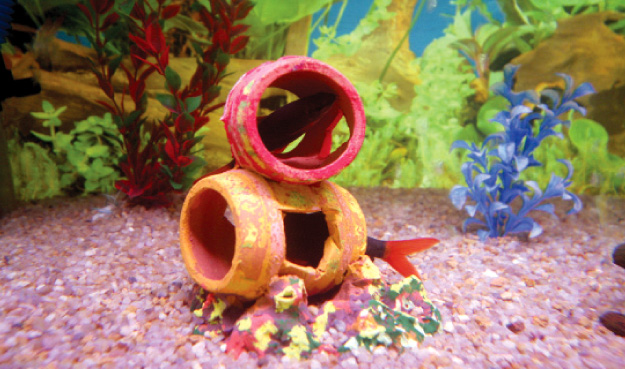
KARACHI: We may find it harder to maintain old structures around the city but when it comes to making new ones, we do not hesitate to replicate the old ones.
The structure on Shahi Chowk across Park Towers Mall and the boundary wall of Bagh Ibn-e-Qasim are examples of this folly. The Shahi Chowk structure has been built in sandstone and tries to replicate the finishing used in colonial buildings. This approach is against the rules of conservation as a structure erected in another time frame should distinctly stand out as such. It should not create confusion between old and new ones.
The colonial structures used stone because they are load-bearing structures with wall thicknesses anywhere between 12 and 18 inches. These new structures use sandstone only as a cladding while concrete and steel are used as the basic construction material. Our future generations will surely be perplexed as they would have a harder time differentiating between different eras.
On one of my recent visits to the much glorified Bagh-e-Ibn Qasim in Clifton, I wondered whether the celebrated Parks and Horticulture EDO Liaqat Ali Khan gave attention to the fact that the Lady Lord Pier – named after the wife of the then Governor of Bombay Sir George Lloyd – that is part of the Jahangir Kothari Parade, was inspired by Her Excellency the Hon. Lady Lloyd.
The pier, built at a cost of Rs300,000, was donated to the people of Karachi by Jahangir Hormusji Kothari himself. The pavilion was inaugurated by Lady Lloyd on January 5, 1920, while the pier was inaugurated on March 21, 1921. The purpose of the pier was to provide a walkway into the sea.
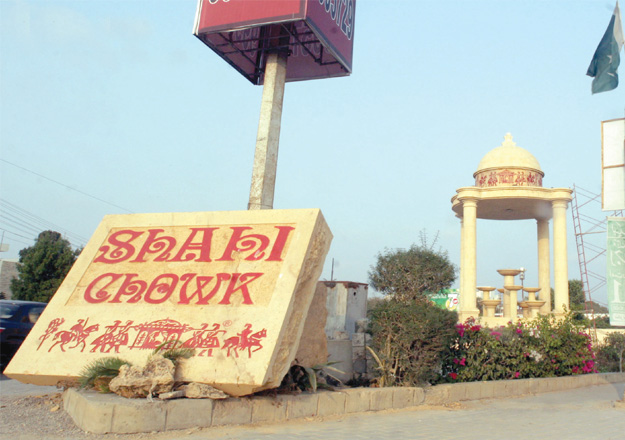
The Shahi Chowk structure, located near Park Towers and the boundary of Bagh Ibn-e-Qasim, , has been built using sandstone. The structure also tries to replicate the finishing used in colonial buildings. PHOTOS: ATHAR KHAN/EXPRESS
Had the EDO, who was given the presidential award by former General Pervez Musharraf for his efforts in making the city of Karachi breathe again, realised the original function of the Lady Lloyd Pier, he might have built a pool of water or a small lake at the end of the pier as part of his design of the park.
This park used to be an open space attracting young men for a cricket match on a Sunday, schoolchildren for a go-kart race or an evening of kite flying. This space was all about the richness of our city but now it only stands for a park that offers no entertainment.
By enclosing the park inside a boundary wall, these regular visitors have been cornered. They no longer visit the park because the immaculately landscaped areas cannot be used as grounds to play cricket, fly kites or race go-karts. Besides, the park is now only open for families and since families hardly enjoy a game of cricket, the park remains out of bounds to the single, aspiring cricketers.

What the park now offers are lawns, gazebos, stone benches, walkways, the bandstand and Lady Lloyd Pier, which have become scenic backdrops for shoots of television soaps but the cultural richness of the space that the open grounds once offered has been lost.
It is, nevertheless, heart warming to see families enjoying in the park with their home-cooked meals in the evenings and people coming in for their morning walks. Perhaps, a holistic design that retained the park’s initial diversity and still made it accessible to families would have made the space much richer.
Suneela Ahmed is an architect and urban planner with NED University. She is currently in Oxford pursuing a PhD. She can be reached at suneela_mail@yahoo.com
Published in The Express Tribune, December 5th, 2012.

